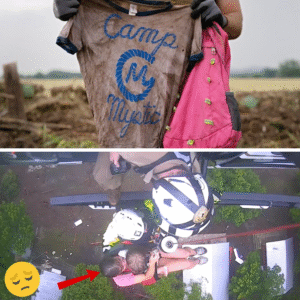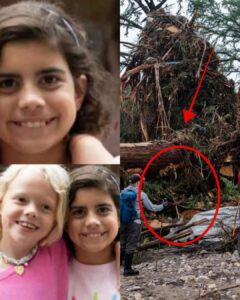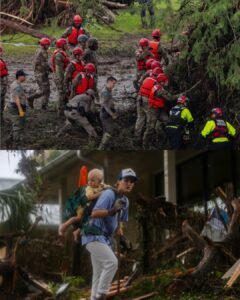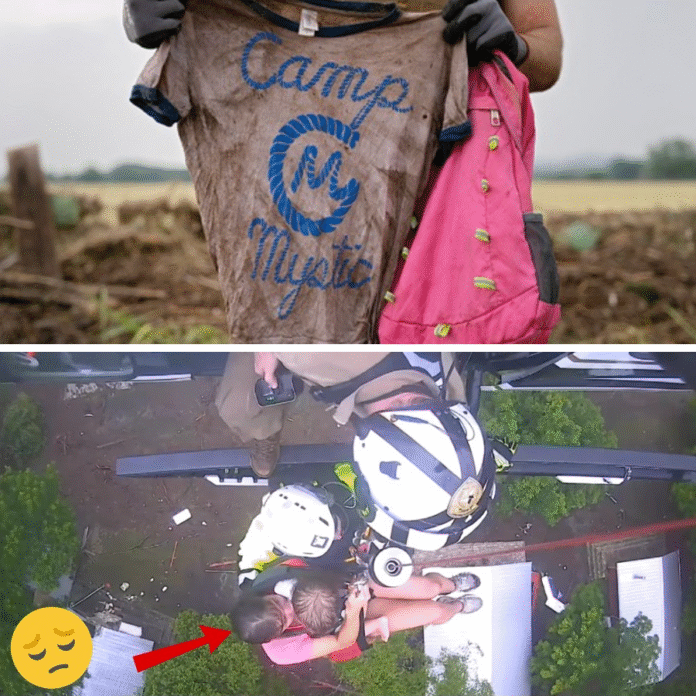TEXAS SEARCH BREAKTHROUGH: AI Scan of Watch Camera Footage Points to Area 13° Off Grid — Ground Team Recovers 3 Survivors, One With Fractured Leg Using Leaves as Splint
A groundbreaking AI analysis of smartwatch camera footage has led to the recovery of three survivors from the Camp Mystic tragedy, found in an area 13 degrees off the initial search grid on July 20, 2025. One girl, remarkably, had fashioned a splint from leaves for her fractured leg, showcasing extraordinary resilience. The discovery follows the July 4, 2025, flash flood that devastated the Christian summer camp in Hunt, Texas, killing at least 27 and leaving several girls missing. This technological breakthrough has reinvigorated search efforts and highlighted the role of innovation in crisis response.

The Camp Mystic Disaster
Camp Mystic, a cherished retreat for girls along the Guadalupe River, was hosting 750 campers when a tropical storm unleashed a catastrophic flood on July 4, 2025. The river surged 26 feet, destroying cabins and claiming 43 lives across Kerr County, including 27 from the camp. Young victims like Eloise Peck and Chloe Childress have been mourned through memorials, while search teams, including Texas Game Wardens and the FBI, have scoured the region for survivors. The tragedy has left families and alumni, including notable figures like Laura Bush, grappling with loss.
AI-Powered Discovery
On July 19, 2025, authorities employed an AI system to analyze footage from a recovered smartwatch, initially thought to be damaged beyond use. The device, found in debris near the Guadalupe River, contained fragmented video clips captured during the flood. The AI, designed to detect anomalies in low-quality footage, identified a fleeting image of a rocky outcrop and a distinctive tree, geolocating it to an area 13 degrees off the primary search grid, approximately 3.7 miles from Camp Mystic. This remote site, obscured by dense vegetation, had been overlooked due to its deviation from expected flood paths.

A ground team, equipped with drones and canine units, reached the location on July 20 and found three girls, aged 11 to 15, sheltering in a shallow alcove. One girl had a fractured leg, ingeniously stabilized with leaves and strips of fabric from a Camp Mystic T-shirt. The girls had survived on rainwater and berries, using their knowledge from camp survival workshops. Sheriff Larry Leitha called the find “a testament to technology and tenacity,” crediting the AI’s precision and the girls’ resourcefulness.
Resilience in Crisis
The girl with the leaf splint has become a symbol of courage, with her makeshift brace demonstrating the practical skills taught at Camp Mystic. The survivors, now under medical care, are expected to recover, though their emotional healing will take time. Their families, reunited on July 20, expressed gratitude for the AI-driven breakthrough. The discovery has prompted authorities to expand AI analysis to other recovered devices, hoping to uncover additional leads.
The find also highlights the evolving role of technology in disaster response. The AI’s ability to process degraded footage and pinpoint a location off the grid underscores its potential to complement human and canine search efforts. Community members have praised the integration of innovation with the camp’s values of resilience and faith, with one alum noting, “These girls embody the light that shines in the darkness.”
Hope for More Discoveries

As search efforts continue, the recovery of these three survivors offers hope for finding others. The Camp Mystic community, united by shared grief and determination, continues to honor the lost through vigils and foundations. The AI breakthrough, combined with the girls’ survival skills, serves as a powerful reminder of human and technological ingenuity in the face of tragedy.



